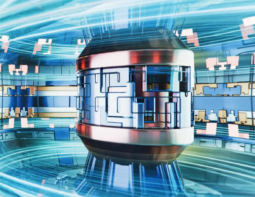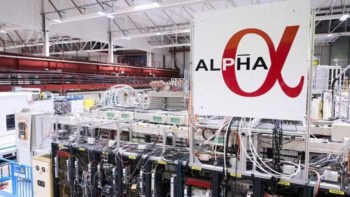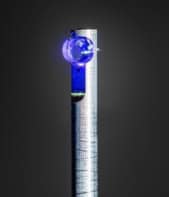The next 10 years will see the launch of a number of large and impressive physics experiments that will push the limits of vacuum technology.
This special Physics World supplement looks at four such “big science” projects that have extraordinary vacuum requirements. CERN’s Large Hadron Collider (p17) will be the world’s largest vacuum system, while the Laser Interferometer Space Antenna will require a vacuum system that can survive the traumas of space flight (p14). The vacuum pumps on the International Thermonuclear Experimental Reactor must remove large quantities of radioactive tritium (p7), while contamination with a few specks of dust could disrupt the superconducting cavities of the European X-ray Free-electron Laser (p11). While these projects all have their unique problems, they pose a common set of challenges to the vacuum scientist, as outlined by Joe Herbert on p5.
The past decade has seen extraordinary growth in the use of vacuum technologies in China. On p19, Jiangou Hou, president of the Chinese Vacuum Society, explains how the organization is planning for continued growth and gives his predictions for the future. China’s burgeoning hi-tech sector is also becoming a major market for vacuum equipment, and this is attracting an increasing number of foreign vacuum-equipment suppliers to China (p22).
Download a full digital version of the Vacuum Challenges and Solutions supplement here (PDF, 5MB).



